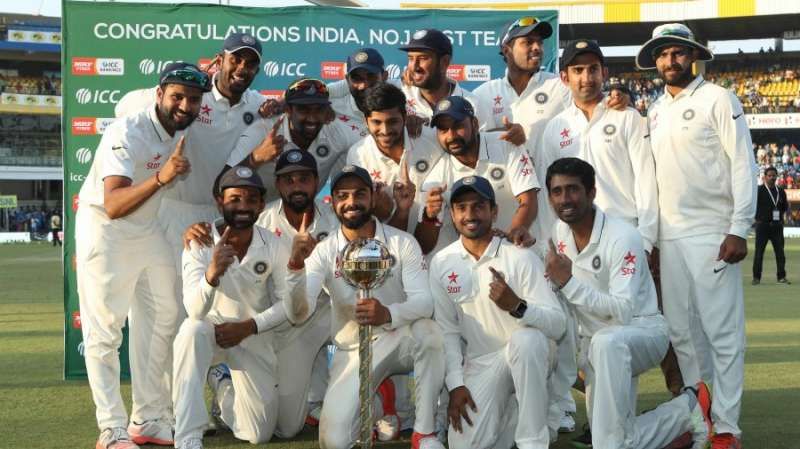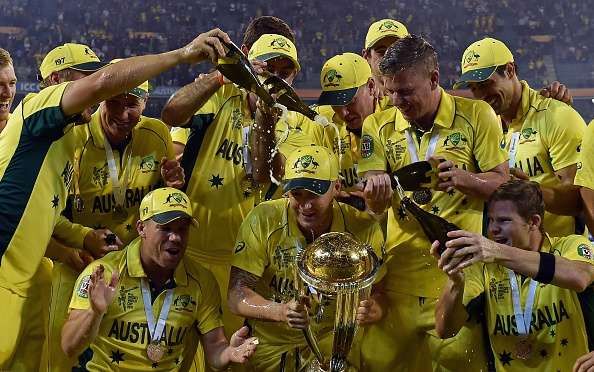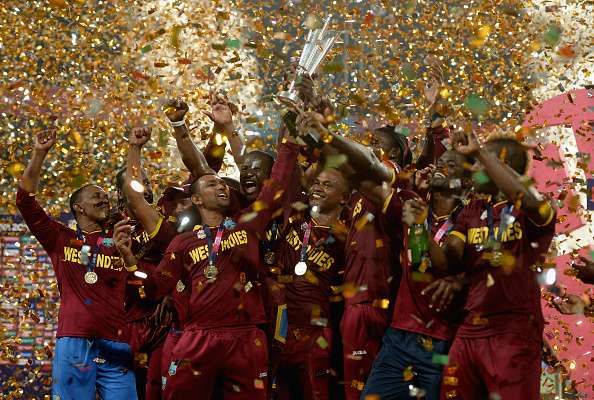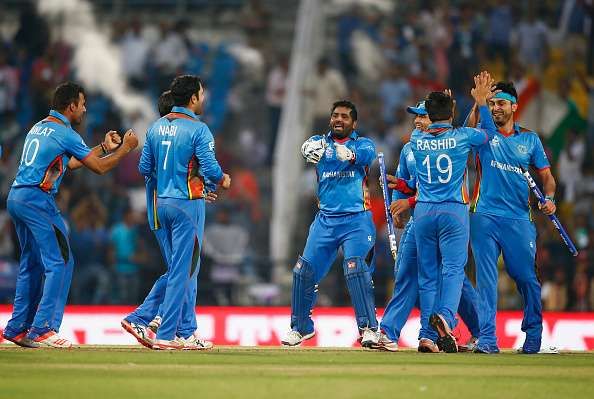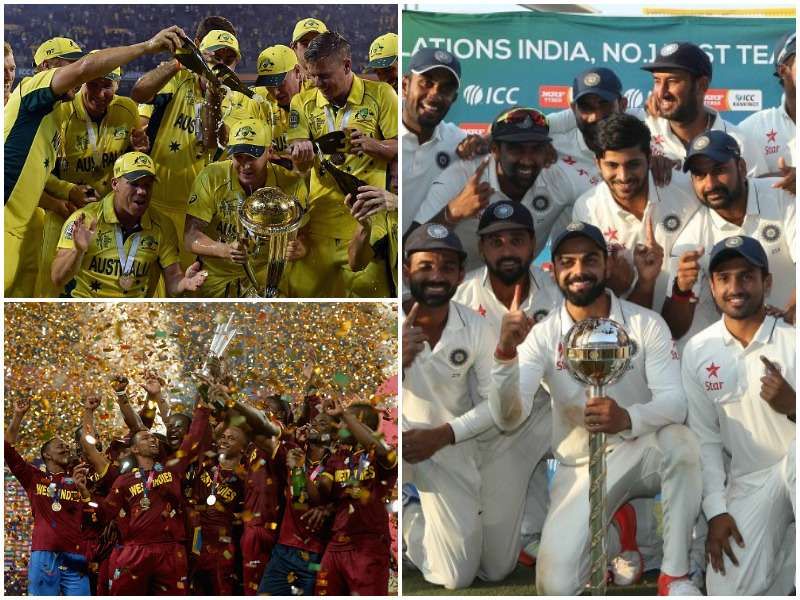
ICC set to enforce radical changes to all three cricket formats
The highly anticipated two-day meeting between top ICC (International Cricket Council) officials in Dubai came to an end on Friday. The Chief Executives’ Committee (CEC) have now come up with extensive plans to completely revamp the core fabric of all three formats of the game.
Be it Tests, ODIs or T20Is – the proposed set of plans are set to herald a new era for cricket. The reshaped structure could add enormous meaning to almost every international match. These recommendations will now come up for further discussion in the ICC board. The board is scheduled to meet on Saturday but it’s more likely that the proposals become the focal point during the next meeting in April.
A major administrative change should see the rollback of the ‘Big Three’ model that had threatened to take the limelight away from ICC. With the upgraded financial model almost certain to hog the attention during Saturday’s meeting, it’s unclear if there would be sufficient time to take up the new proposals. Even if there isn’t, the April meeting is all set to finalise the changes to the game’s structure.
As the CEC, containing some of the most influential and venerated personalities in cricket have approved the proposals, it seems to be only a question of when the new recommendations are officially validated by ICC. Let us go through those areas in the game which are set to be revamped.
Test Championship play-off and a couple of new entrants
The remodelled Test structure in the offing will split the 12 Test teams (including new entrants Afghanistan and Ireland) into a nine and three division. The league will run for two years with nine Full Members (apart from tenth-ranked Zimbabwe) playing each other in at least one series either home or away.
The length of each series should rest with the respective member boards but even a one-off Test (as with the upcoming one between India and Bangladesh) may be considered equivalent to a series.
Since the duration of each series could be different from one another, points are likely to be awarded on a match-by-match basis with series victories earning additional ones. The home and away cycle will continue to alternate between the two teams.
For example – if Australia visit India for a series in the first cycle, then the latter will reciprocate the same in the next one. In the exceptional case of one nation refusing to play another (like India with Pakistan), the reluctant team will have to part with points.
What about marquee series like the Ashes? A high-profile series can be organised outside of the league cycle should Full Members wish to do so. However, the scheduling has to be done in such a way that the league system is not affected. In those cases, there won’t be any points on offer for both sides.
The top two teams at the end of the two-year cycle will square off against each other in the all-important Test Championship play-off with the winner claiming a trophy as well as the accompanying bragging rights.
With the current FTP (Future Tours Program) locked in until the 2019 World Cup, the new Test league could swing into action at the culmination of that tournament and the inaugural play-off might be staged in 2021, quite possibly at the iconic Lord’s cricket ground.
13-team league could add meaning to bilateral ODIs
The 50-overs format will evolve into a 13-team league played over three years. As with the Tests, each side will play the other at least once in the cycle on a home and away basis. A minimum of 12 ODIs should be played in a year by every team.
A bilateral series can comprise any number of games (with a minimum of one) and the respective boards can also organise matches beyond the league system. However, points won’t be awarded for such additional games. The league will feature all 10 Full Members aside from Afghanistan, Ireland and the Champions of the World Cricket League.
It remains uncertain how the winner of the league will be rewarded. Maybe, in a financial way. Like the 2019 World Cup, future editions could also be 10-team tournaments with the seven top ranked sides apart from the hosts earning direct qualification. The five nations at the bottom will have to compete for two spots with a given number of Associate sides.
World T20 poised to fulfill expansion dream
The million dollar question will surround the World T20. Though the next edition is slated to be held in 2020 in Australia, talks of additional tournaments in 2018 and 2022 have emerged. That decision will also determine whether the tournament takes place once in two or four years.
In whichever case, there will be an elaborate qualifying event for each of the five regions under ICC’s purview involving both Full Members and Associates. Along with each Test and ODI series, every board will organize T20I series of no more than three matches for each series. The points earned from the bilateral T20Is will be used to determine the teams that progress to their respective regional qualifying event for the World T20.
What of Full Member Zimbabwe and the Associate teams?
The bottom-ranked Full Member in Zimbabwe and the top two Associates in Afghanistan and Ireland will play each other in official Test matches. There won’t be any points on offer and the matches will take place outside of the proposed league.
However, it is understood that the relevant administrators are also planning to incorporate Test series between the top nine Full Members and these three teams. Each of the top nine Full Members will play a minimum of one Test series against at least one of Zimbabwe, Afghanistan and Ireland.
For such a move to take place, ICC is planning to disband the notion of only Full Members being allowed to play Tests. In order to bring in more sides like Afghanistan and Ireland into the game’s traditional format, Test status may be dissociated from Full Membership. That would mean Associates can play Test matches without being Full Members.
The performances of the bottom three Test sides will be evaluated once every four years or at the end of two two-year cycles. In such a scenario, Test ambitions of other Associate teams will be encouraged as long as they regularly conduct domestic first-class competitions. It is pertinent to note that Ireland’s premier domestic competition received first-class status last year while Afghanistan’s primary domestic tournament is set to receive first-class status quite soon.

